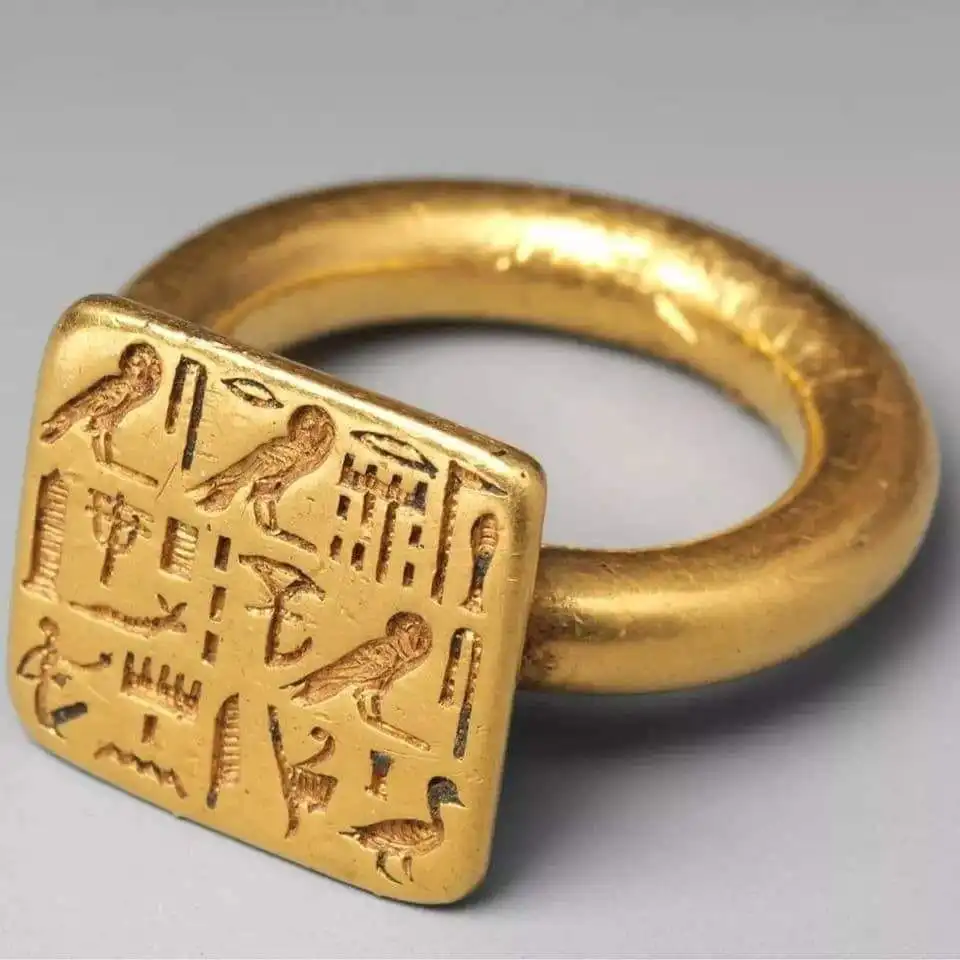this post was submitted on 27 Dec 2024
123 points (99.2% liked)
Historical Artifacts
654 readers
276 users here now
Just a community for everyone to share artifacts, reconstructions, or replicas for the historically-inclined to admire!
Generally, an artifact should be 100+ years old, but this is a flexible requirement if you find something rare and suitably linked to an era of history, not a strict rule. Anything over 100 is fair game regardless of rarity.
Generally speaking, ruins should go to [email protected]
Illustrations of the past should go to [email protected]
Photos of the past should go to [email protected]
founded 7 months ago
MODERATORS
you are viewing a single comment's thread
view the rest of the comments
view the rest of the comments

https://www.metmuseum.org/art/collection/search/551012
Athos77 added the following context when this was posted back on Kbin (RIP)
I'm disappointed that the line at the top isn't "Hawk Hawk Tuah" and the bottom one isn't "FUCK! ...a duck!"